Archaeologists in Lima, Peru, have made the discovery of an Ancient mummy believed to be roughly 3,000 times old. The mummy was set up during an excavation at a rubbish dump by scholars from San Marcos University. The platoon had to remove eight tons of waste before beginning their hunt for literal remains. The mummy is allowed to belong to the Manchay culture, which thrived in the Lima region between 1500BC and 1000BC.
The Manchay culture is known for constructing U-shaped tabernacles that faced the rising sun. The Ancient mummy was set up in a grave located at the center of one of these tabernacles. The body was laid out flat, which was a common burial practice during the” constructive period” of the Manchay culture around 3,000 times ago. The corpus was wrapped in cloth made from cotton and vegetable filaments.
Also Read: 15th Century Heege Manuscript Reveals Medieval Stand Up Comedy

Archaeologists in Lima, Peru, have exhumed an Ancient mummy believed to be roughly 3,000 times old. The ancient mummy was set up during an excavation at a rubbish dump, furnishing a regard into the interesting Manchay culture that formerly thrived in the region. This made possible by the active sweats of San Marcos University scholars, adds another chapter to the rich shade of Peru’s archaeological heritage.
Excavating the 3,000-Year-Old Ancient Mummy
The trip to uncovering the ancient mummy began with the keen observation of scholars from San Marcos University. While aiding with the excavation at the rubbish dump point, they spotted the corpus’s hair and cranium, setting in stir a scrupulous disquisition of the girding area. Before embarking on their hunt for literal remains, the archaeologists had to remove a stunning eight tons of waste, a testament to the challenges faced in exhuming this precious artifact.
The ancient mummy is believed to appear from the Manchay culture, which flourished in the Lima region from 1500BC to 1000BC. Known for their construction ofU-shaped tabernacles acquainted towards the rising sun, the Manchay people had distinct burial practices. The corpus was set up in a grave positioned at the heart of one similar tabernacle, furnishing precious perceptivity into their religious and spiritual beliefs.
Archaeologist Miguel Aguilar explains that the body was deposited flat, a specific of the Manchay culture during the” constructive period” roughly 3,000 times agone . Wrapped in cloth made from cotton and factory filaments, the corpus represents a fascinating regard into the material culture of this ancient civilization.
Also Read: The Codex Sassoon: 1,100-Year-Old Hebrew Bible Sells for $38 Million
Mummification was a wide practice among colorfulpre-Hispanic societies in what’s now Peru. Beyond the Manchay culture, these ancient societies held intricate rituals and beliefs girding death and the afterlife. Some corpses were buried, frequently in a fetal position, while others were brought out and displayed during important carnivals. The discovery of this corpus in Lima adds to the growing body of substantiation that shanties light on the different mummification traditions ofpre-Inca societies.
The archaeological environment in which the ancient mummy was set up holds pivotal information about its significance and the artistic geography it formerly inhabited. The rubbish dump point, preliminarily considered a place of waste and neglect, has now converted into a treasure trove of literal vestiges.
The presence of the ancient mummy in this position suggests a deeper connection between the ancient Manchay culture and its girding terrain. Exploring the burial point and its immediate surroundings provides archaeologists with precious suggestions about the society’s customs, practices, and beliefs.
The discovery of the ancient mummy not only enriches our understanding of Peru’s ancient societies but also raises important questions about the preservation and protection of archaeological spots. The rubbish dump that concealed the corpus underscores the need for watchful sweats in securing our artistic heritage. It highlights the delicate balance between development and conservation, prompting us to fete the significance of archaeological spots and legislate measures to insure their long- term preservation.
Peru is famed for its rich archaeological heritage, with multitudinouspre-Inca and Inca spots witching callers from around the world. The discovery of the Manchay corpus adds a new subcaste of literal complexity to this narrative.
It encourages us to explore the lower- known chapters of Peru’s history and appreciate the different societies that thrived in the region long before the Inca civilization surfaced. The discovery also emphasizes the need for continued exploration, excavation, and preservation sweats to guard and promote Peru’s extraordinary archaeological heritage.
Also Read: Saqqara Necropolis: Egypt Unveils Ancient Workshops and Tombs
Posts and News Articles For Details:
BBC News:
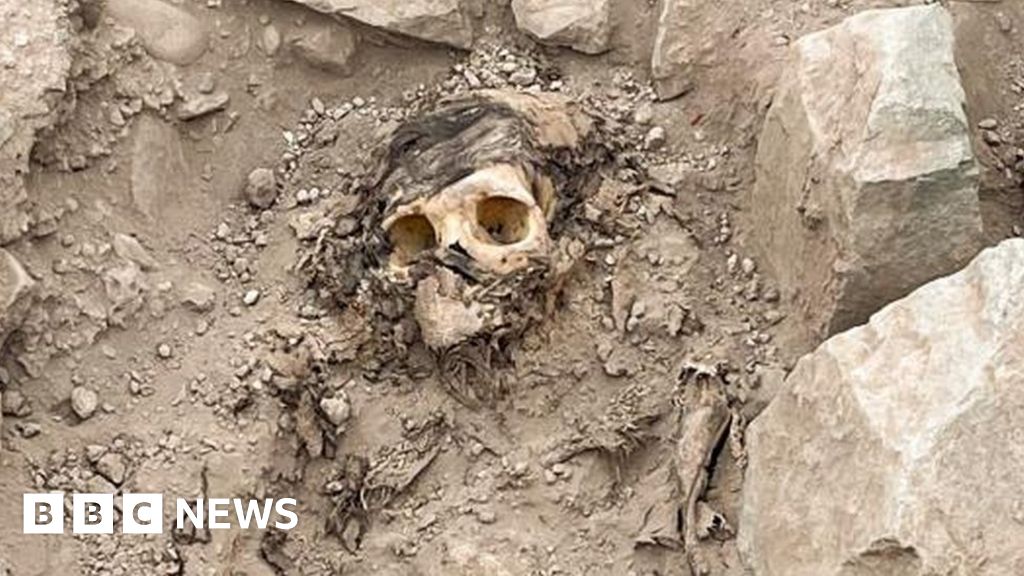

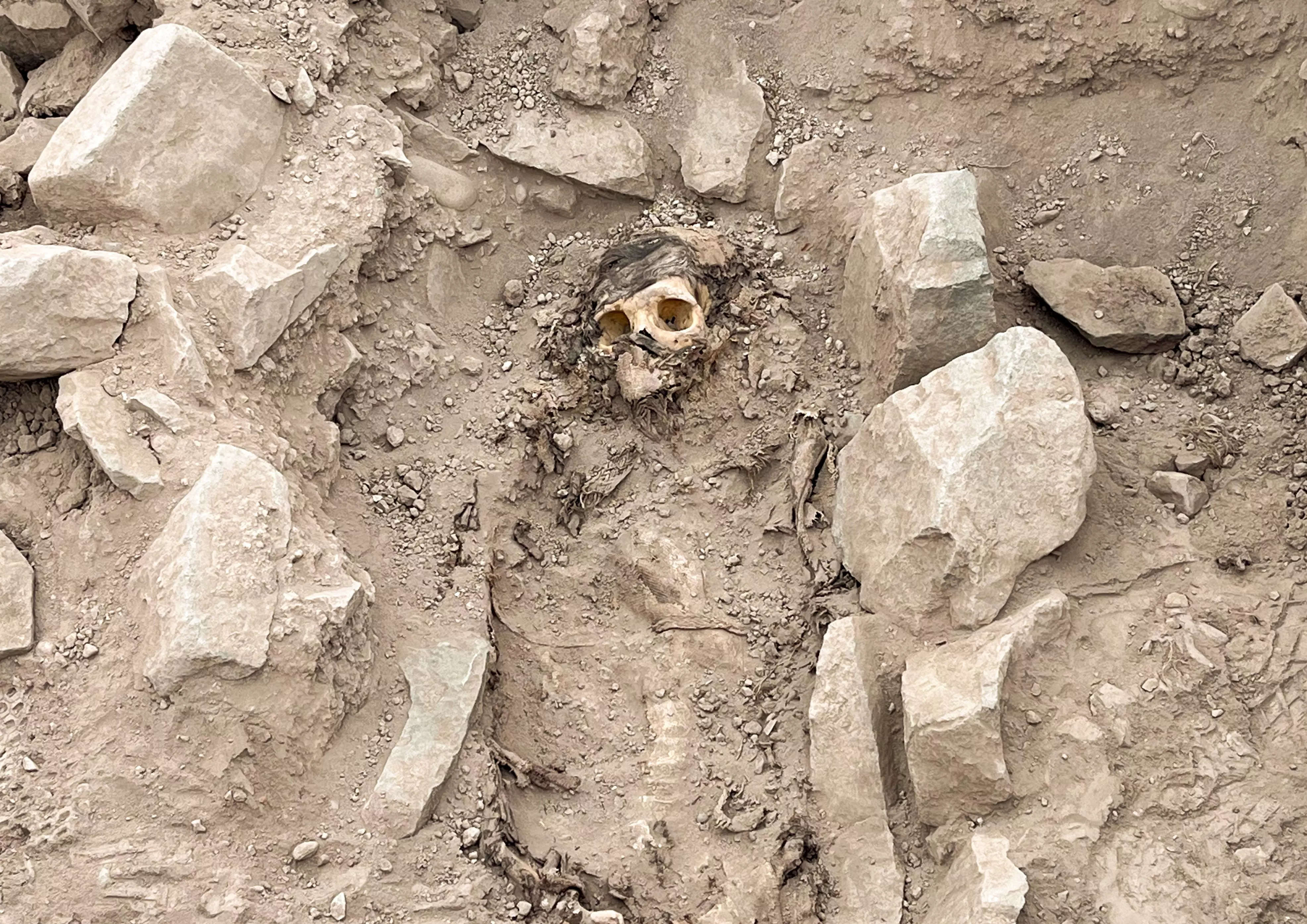
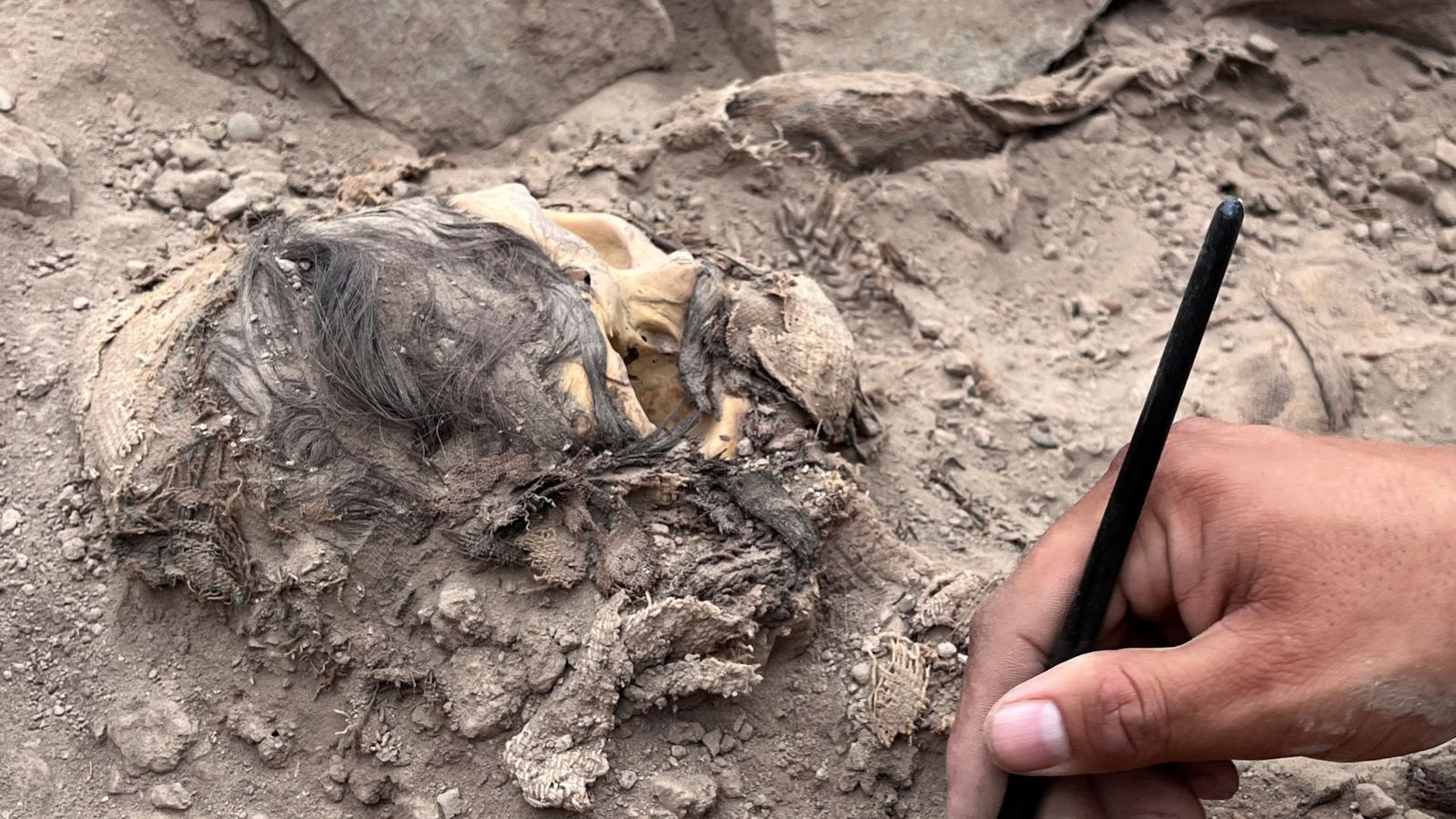
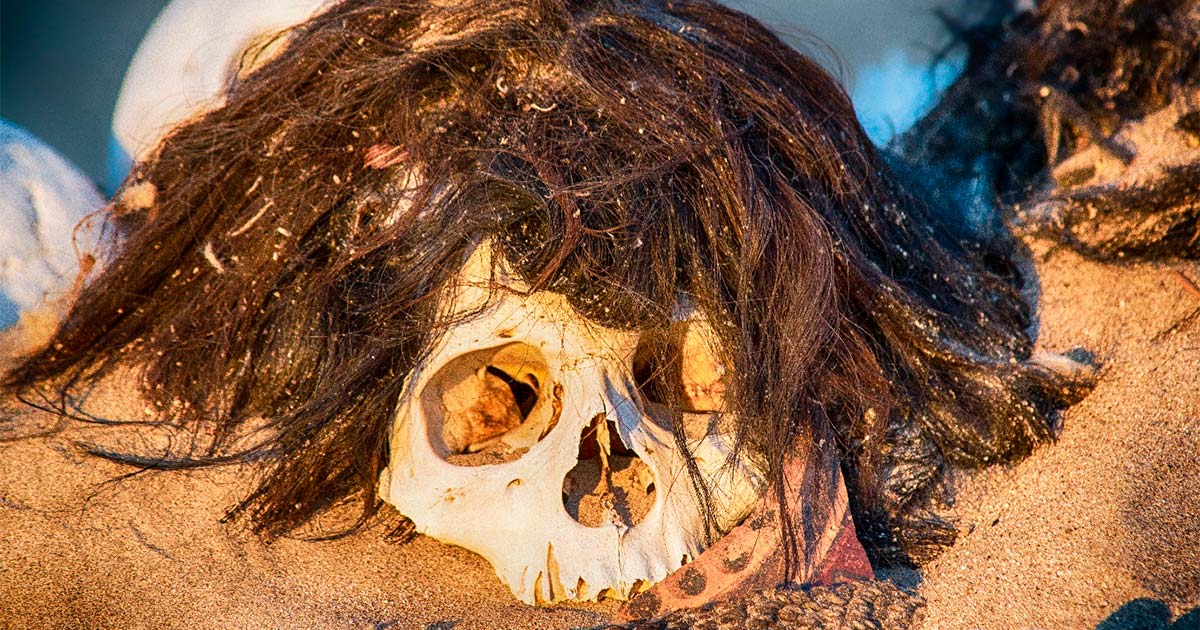
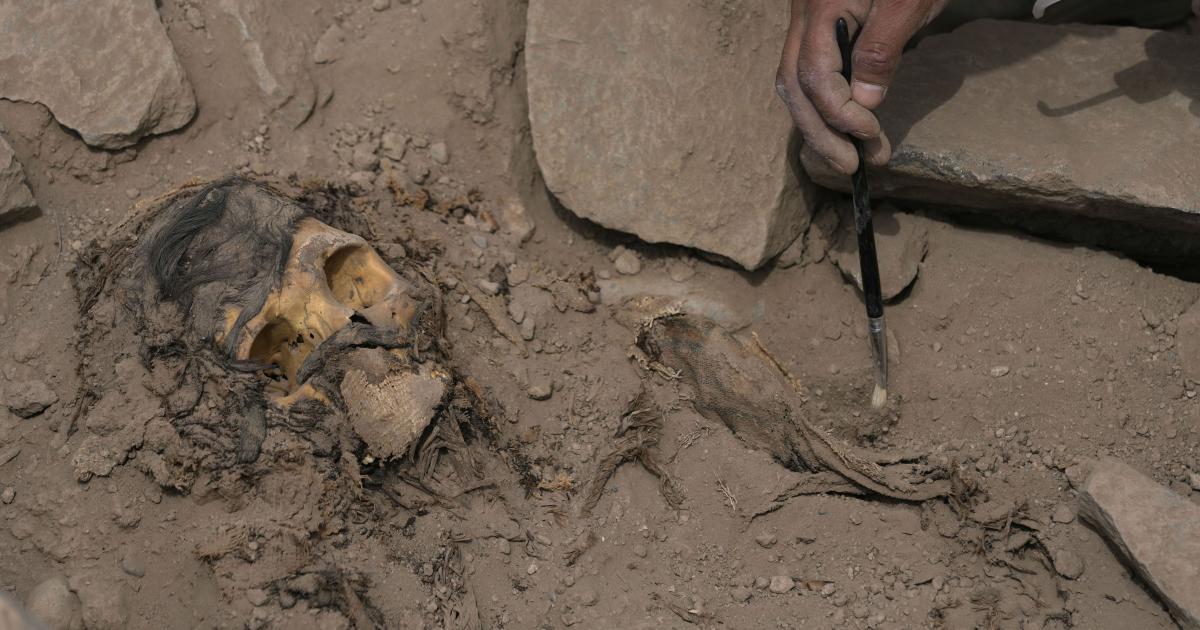



















+ There are no comments
Add yours